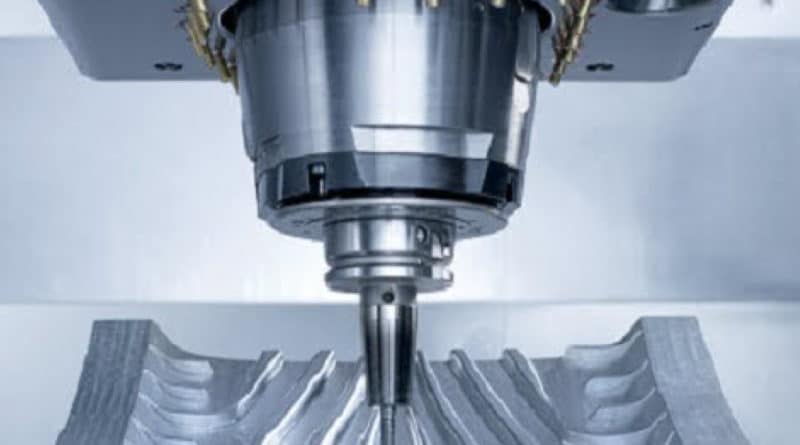CNC Operators Needed as Industry Projected to Grow
In recent years, an increasing number of production facilities have adopted CNC lathes as their tooling of choice. By 2026, the global CNC machine market is expected to reach $128.86 billion in value, registering an annual growth rate of 5.5% from 2019 to 2026.
What Factors Are Driving the CNC Market?
One of the most common prototype production methods, CNC machines operate automated tools using computer programming inputs. CNC machinery manufacturing is experiencing a rapid rise in growth due to the need to:
- Reduce operating costs
- Use manpower more efficiently
- Avoid errors in manufacturing
- Adopt to rise of IoT technologies and predictive analytics
Growth of the CNC machining market has been predominantly fueled by the rise of Industry 4.0 and spread of automation across production processes, but its growth also reflects positive trends in related industrial sectors that rely on CNC machining for their operations.
For example, automotive companies depend on CNC machining for production; with demand increasing for spare parts, efficient production is a necessity for the sector. Other sectors such as defense, medical, and aviation will continue to contribute to the market, making precision engineering the fastest-growing segment in CNC machinery.
Reducing Operating Costs and Maximizing Efficiency
The growing use of practices like computer-aided manufacturing (CAM) and computer-aided design (CAD) in product design and prototyping enhances manufacturers’ ability to deliver high-precision components on time. This drives growth in CNC machinery adoption and use because successfully implementing CNC equipment reduces operating costs and improves the efficiency of mass production.
By saving end-users significant time between design and production, CNC machining improves a facility’s capabilities and increases revenue. CNC machinery also provides more precise detailing than 3D printers and works with a wider range of materials.
This improved production capacity, as well as the enhanced quality and precision of CNC tooling, make it a solid choice for manufacturers across a wide range of industries.
Adopting Automation and Ensuring Quality
Because CNC machines allow for an incredible degree of accuracy when creating complex shapes such as diagonal cuts and curves, demand has exploded with the rise in technological advancements of CAD, CAM, and other CNC software.
As a result, manufacturers are also continuing to invest in smart tools and automation technology to streamline the process. Manufacturers are increasingly adopting Internet of Things (IoT) technologies to improve productivity, safety, and production innovation, and decrease downtime costs.
Manufacturers are also beginning to utilize predictive analytics, which is expected to have a positive impact on the CNC machining market. Since critical equipment repairs often cost manufacturers huge sums, predictive technology is helping companies reduce downtime due to repairs and keep processes running smoothly. In some cases, predictive maintenance technologies can reduce repair costs by 20% and unplanned outages by 50%, extending machinery life expectancy.
Projected CNC Machining Market Growth
The future looks bright for CNC lathe manufacturing. Automobile, electronics, defense/intelligence, aerospace, healthcare, and industrial manufacturers all benefit from the use of CNC lathes.
Although high maintenance costs and the cost of post-sale services for CNC machines may somewhat affect adoption, reduced production costs and an increase in application options for the technology will increase the sector’s growth.
CNC lathes vastly decrease time requirements in an increasingly fast-paced production environment. With their growing number of uses in modern production facilities, factories everywhere will continue to adopt CNC machinery for their high precision and reduced labor costs.
The Value of CNC Machining
The use of CNC equipment across industry has optimized a huge range of manufacturing capabilities, ensuring repeated precision, efficiency, and safety on mass-produced parts and equipment. In fact, the universal machining language can be incorporated into virtually any type of heavy machine tool.
Software-driven machining helps maintain superior accuracy, high production quality, and reliable consistency for various products and components. It also lowers costs and allows factories to meet higher production demands.
As companies increasingly embrace industrial automation, CNC machining tools are being used to help reduce costs and increase production tempo. Plus, highly precise tolerances can be repeatedly achieved with CNC machining, helping small and large businesses alike compete and allowing the flexibility to work with almost any material.
Source: ATD Precision provides information about our company and its policies in order to educate and inform our customers and suppliers.

